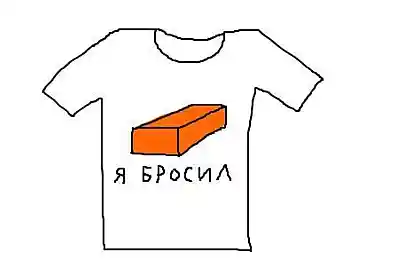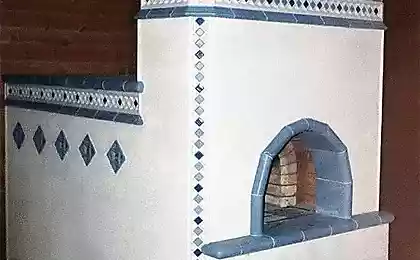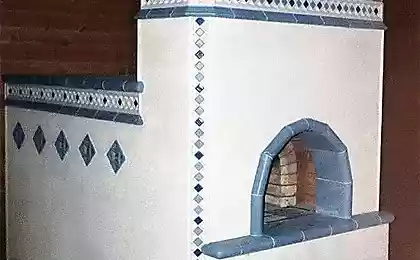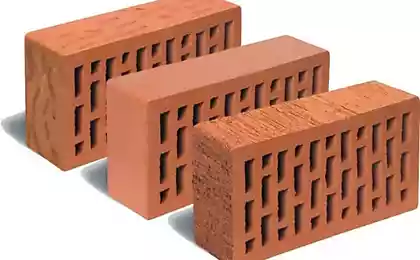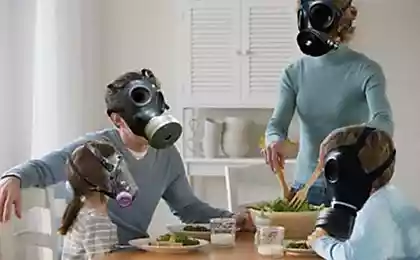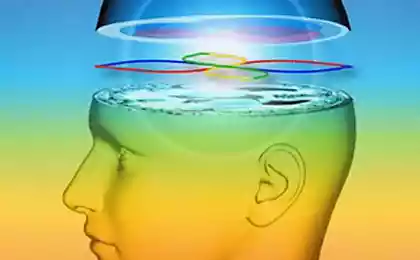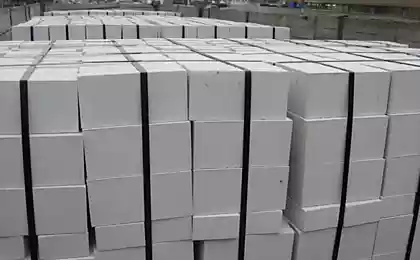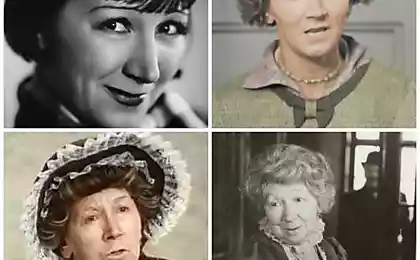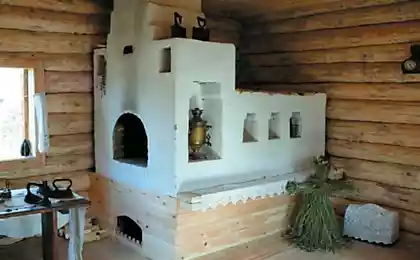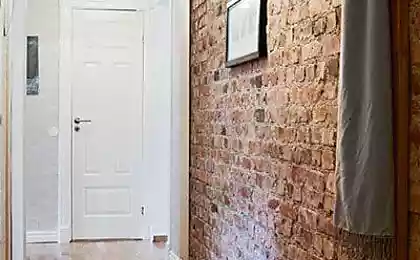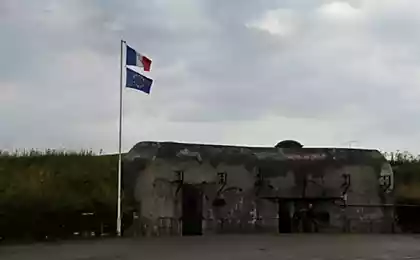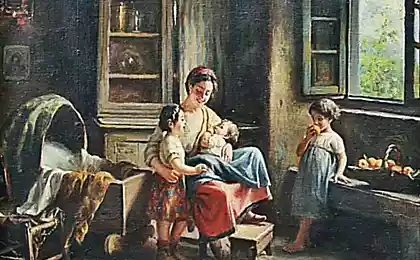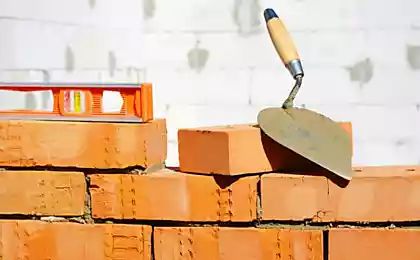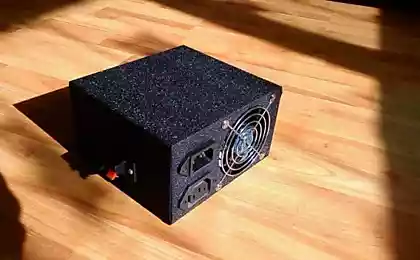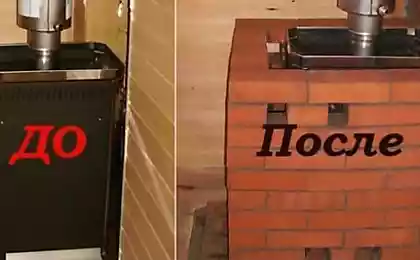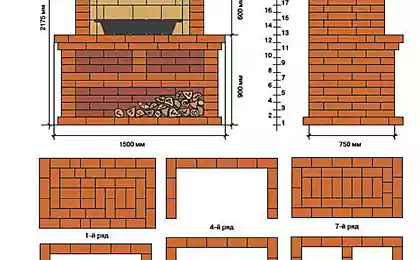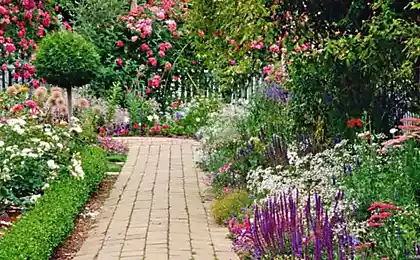475
QUARIC — "green" alternative to brick and lightweight aggregate block
QUARIC — ceramic foam material in the bulk, is intermediate between glass and pottery. The approximate composition according VIMS:- quartz-5%, spinel is 8%, the mullite - 3%, amorphous phase is 84% . The raw material does not require special training. Manufacture and production of highly energy efficient and economical.
Technology "QUARET" uses the natural properties of individual species to increase in volume with the passage of lava through them. Breed brings to the surface in the form of pumice or volcanic tuff, formed without water and oxygen. These rocks, due to its physical and mechanical properties, widely used and very popular in the nearby fields territories as structural building materials (Armenia).
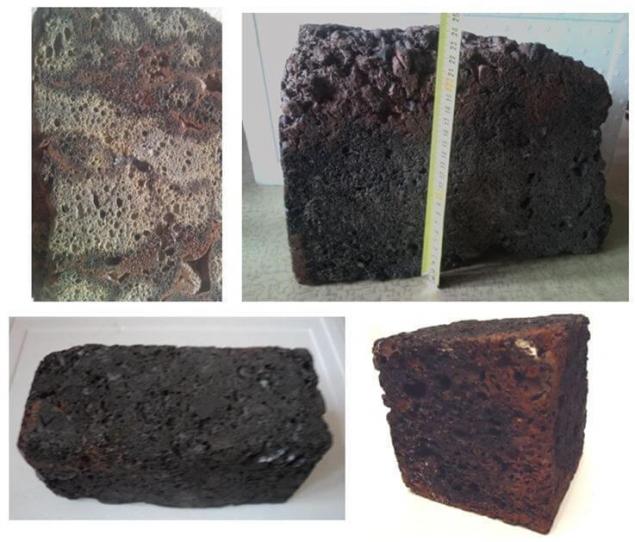
The technology is easily adjustable and flexible both in terms of production and physical and mechanical properties of products. So, simplified, the technology will undoubtedly be adopted in countries with any level of economic development and any climatic conditions. Especially attractive, in the project, the lack of necessary resources such as water, land suitable for agricultural purposes (quarries) and nevozobnavlyaemye energy sources.
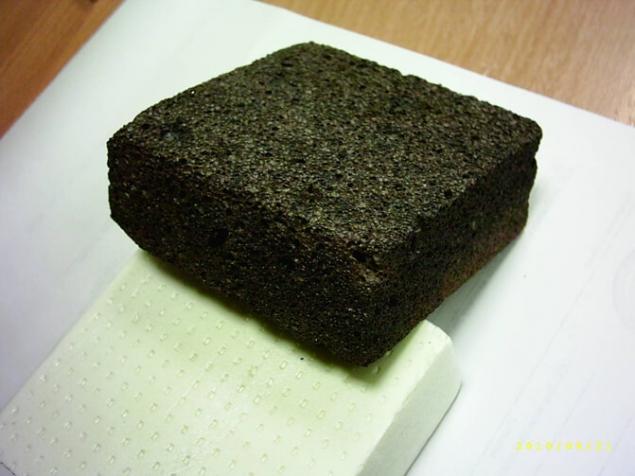
The proposed concept for the production of porous insulating materials are fundamentally changing the paradigm of production:
Summarizing the above, we can say that the life cycle of technology "QUARET" in the chain: production – resources – transportation – operation – waste that is unsurpassed in energy efficiency.
Market
According to the European expanded clay Association (EXCA) average annual production of expanded clay is 7 million cubic meters per year. Russia's annual production is in the range of 3.5 million cubic meters per year. If we assume that 20% of expanded clay is used in the production of expanded clay lightweight concrete blocks, then the potential volume of model new product only in Russia and the European Union will be 2.1 million cubic meters per year (the planned performance at least a hundred of enterprises).
Note that in the context of ratification of the documents of the Paris conference again aktiviziruyutsya market "carbon credits", which innovative technology can theoretically exceed 420 000 tonnes per year.
"I have no doubt that the material is "QUARET" in the future, may partially replace the brick. Brick is the most widely used man-made material in the world, with an annual consumption of around 1.5 trillion pieces, about (nearly) 4 billion m 3 is a huge consumer of resources such as clay, sand and water (20% of the volume of a brick)," — said E. G. Mario, the Creator of the technology.
Problems facing the implementation of technology "QUARET"
All of the above matches perfectly with all the requirements of BAT-4, with the exception of organizational, the presence of at least two active industrial enterprises in the Russian Federation that excludes the possibility of considering domestic, potentially acceptable projects expert-level BAT.
Currently, the laboratory confirmed the theoretical calculations of innovative technology, a short description published in the journal of Climate and nature, №1 (6) 2013
Finding Finance was attempting to obtain a grant from the programmes HORIZON 2020, the main cause of failure, which experts considered the lack of competence of the principal investigator.
The technology is promising, but in our country the introduction of what tone is associated with a lot of organizational problems, and as a result, the target financial program of the government for the implementation of such projects is sprayed, before reaching the artist, which negatively affects the performance.
P. S. And remember, only by changing their consumption — together we change the world! ©
Source: greenevolution.ru/workshop/kvarit-zelenaya-alternativa-kirpichu-i-keramzitobetonnomu-bloku/
Technology "QUARET" uses the natural properties of individual species to increase in volume with the passage of lava through them. Breed brings to the surface in the form of pumice or volcanic tuff, formed without water and oxygen. These rocks, due to its physical and mechanical properties, widely used and very popular in the nearby fields territories as structural building materials (Armenia).

The technology is easily adjustable and flexible both in terms of production and physical and mechanical properties of products. So, simplified, the technology will undoubtedly be adopted in countries with any level of economic development and any climatic conditions. Especially attractive, in the project, the lack of necessary resources such as water, land suitable for agricultural purposes (quarries) and nevozobnavlyaemye energy sources.

The proposed concept for the production of porous insulating materials are fundamentally changing the paradigm of production:
- To obtain a product in one cycle, without separately obtained and then further processed components. For the production technology "Carita" does not require water, cement.
- No noise, dust, oxides of carbon, nitrogen and other products of combustion.
- To mineral raw materials used in manufacture, does not require any additives. The material is environmentally friendly material and is very often waste rock in open pit mining of minerals such as iron ore and coal. It is also a waste from the production of roofing tiles from slate, which can be up to 85%.
- The ability of raw material to Slough for up to 5 -7 times updates its transportation to the site, which can be located in the immediate vicinity of the consumer. ( in view of its environmental friendliness. see summary) It significantly reduces the load on the transport infrastructure.
Summarizing the above, we can say that the life cycle of technology "QUARET" in the chain: production – resources – transportation – operation – waste that is unsurpassed in energy efficiency.
Market
According to the European expanded clay Association (EXCA) average annual production of expanded clay is 7 million cubic meters per year. Russia's annual production is in the range of 3.5 million cubic meters per year. If we assume that 20% of expanded clay is used in the production of expanded clay lightweight concrete blocks, then the potential volume of model new product only in Russia and the European Union will be 2.1 million cubic meters per year (the planned performance at least a hundred of enterprises).
Note that in the context of ratification of the documents of the Paris conference again aktiviziruyutsya market "carbon credits", which innovative technology can theoretically exceed 420 000 tonnes per year.
"I have no doubt that the material is "QUARET" in the future, may partially replace the brick. Brick is the most widely used man-made material in the world, with an annual consumption of around 1.5 trillion pieces, about (nearly) 4 billion m 3 is a huge consumer of resources such as clay, sand and water (20% of the volume of a brick)," — said E. G. Mario, the Creator of the technology.
Problems facing the implementation of technology "QUARET"
All of the above matches perfectly with all the requirements of BAT-4, with the exception of organizational, the presence of at least two active industrial enterprises in the Russian Federation that excludes the possibility of considering domestic, potentially acceptable projects expert-level BAT.
Currently, the laboratory confirmed the theoretical calculations of innovative technology, a short description published in the journal of Climate and nature, №1 (6) 2013
Finding Finance was attempting to obtain a grant from the programmes HORIZON 2020, the main cause of failure, which experts considered the lack of competence of the principal investigator.
The technology is promising, but in our country the introduction of what tone is associated with a lot of organizational problems, and as a result, the target financial program of the government for the implementation of such projects is sprayed, before reaching the artist, which negatively affects the performance.
P. S. And remember, only by changing their consumption — together we change the world! ©
Source: greenevolution.ru/workshop/kvarit-zelenaya-alternativa-kirpichu-i-keramzitobetonnomu-bloku/


